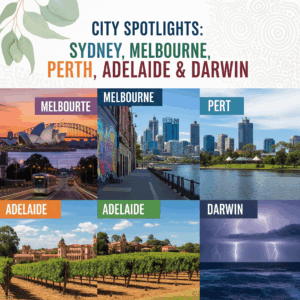Learn how to sponsor your family after getting PR, including spouse, children, and parents visa options for permanent residents.
Introduction
Sponsoring family members after obtaining permanent residency (PR) is a key priority for many immigrants. This article provides a clear step-by-step guide on how PR holders can sponsor spouses, children, and parents, outlining eligibility, application processes, and best practices for success.
Step 1: Understand Your Sponsorship Eligibility as a PR Holder
Permanent residents can sponsor close family members under clearly defined programs. Eligibility generally requires you to:
- Be at least 18 years old.
- Reside in the country where you hold PR (e.g., Canada).
- Meet any specific financial or legal requirements, such as not being bankrupt or under removal orders.
- Have obtained PR status, allowing you to act as a sponsor.
You cannot sponsor family members if you have sponsored another spouse within the past five years in most jurisdictions. Understanding these basics sets the foundation for successful family sponsorship after PR.
Step 2: Identify Who You Can Sponsor
Typically, permanent residents can sponsor:
- Spouses and common-law partners: Including conjugal partners; must prove genuine and ongoing relationships.
- Dependent children: Biological, adopted, or stepchildren under a specific age (commonly under 22).
- Parents and grandparents: Subject to special programs with quota and waiting times.
- Other relatives: In limited circumstances like orphaned siblings under age 18.
Proof of relationship is essential. For spouses, legal marriage certificates or evidence of common-law partnerships (cohabitation for at least 12 months) are required. Conjugal partners need to show exceptional circumstances preventing a formal marital or common-law relationship.
Step 3: Prepare and Submit the Application
Once eligibility and family members are confirmed:
- Gather all required documents: identity, relationship proofs, police clearances, medical exams, and financial documents.
- Complete the sponsor application and the family member’s permanent residence application.
- Pay sponsorship and processing fees.
- Submit applications via government portals or paper submission, depending on jurisdiction.
For countries like Canada, after sponsorship approval, authorities assess the sponsored family member’s admissibility based on health, security, and background checks.
Step 4: Understand Processing Times and Responsibilities
Processing times vary:
- Spouses and dependent children typically receive priority and faster processing.
- Parents and grandparents often face long waits due to annual caps.
- Sponsors must provide financial support for a defined period (e.g., three years in Canada) and ensure the sponsored family members do not require social assistance.
Maintain communication with immigration authorities and promptly respond to additional document requests to avoid delays.
Step 5: After Approval – Next Steps for Your Family
Once the family member’s application is approved:
- They receive permanent resident status, allowing them to live, work, and study.
- They must present their Confirmation of Permanent Residence (COPR) at the border.
- Sponsors should help their relatives settle by providing support and guidance on rights and responsibilities within the country.
Conclusion
Sponsoring family after PR is a structured but rewarding process. Permanent residents can reunite with spouses, children, and sometimes parents by understanding eligibility, preparing thorough applications, and fulfilling sponsorship obligations. Early preparation and professional advice are recommended to navigate timelines and specific requirements successfully.

